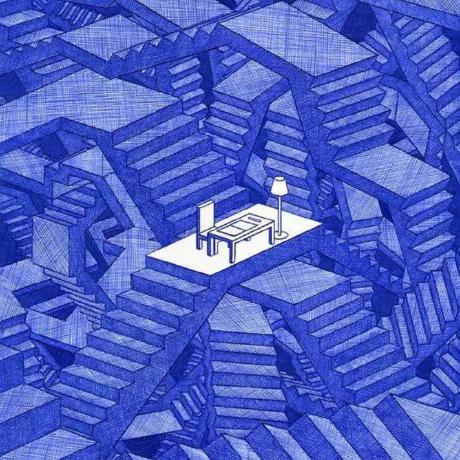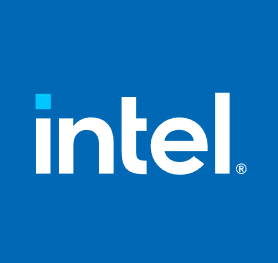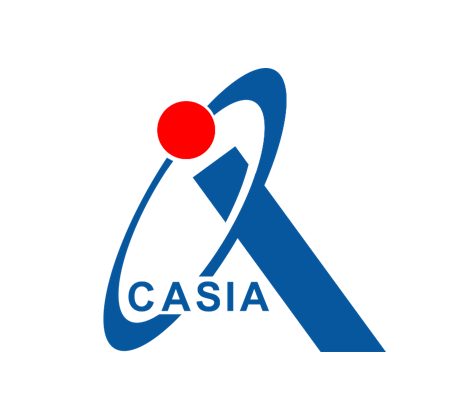
 Researcher @ AIR, Tsinghua University
Researcher @ AIR, Tsinghua UniversityI'm Siqi Fan (范嗣祺), a researcher at Institute for AI Industry Research, Tsinghua University (AIR, THU). Previously, I obtained my M.S. degree from the Institute of Automation, Chinese Academy of Sciences (CASIA) in 2022 and my B.E. degree from Shanghai Jiao Tong University (SJTU) in 2019.
My research interests lie broadly in Representation Learning in Complex Systems, spanning from the macro physical world to the micro biological world. With the goal of increasing human "Available Time" through AI technology, I primarily concentrate on
- Autonomous Driving: boost the proportion of time available for meaningful activities
- Biomedical Discovery: extend the total lifespan
I love music and visual arts.
Warning
Problem: The current name of your GitHub Pages repository ("Solution: Please consider renaming the repository to "
http://".
However, if the current repository name is intended, you can ignore this message by removing "{% include widgets/debug_repo_name.html %}" in index.html.
Action required
Problem: The current root path of this site is "baseurl ("_config.yml.
Solution: Please set the
baseurl in _config.yml to "Education
-
 Shanghai Jiao Tong University (SJTU)School of Electronic Information and Electrical Engineering
Shanghai Jiao Tong University (SJTU)School of Electronic Information and Electrical Engineering
B.E. in AutomationSep. 2015 - Jul. 2019 -
 University of Chinese Academy of Sciences (UCAS)Institute of Automation
University of Chinese Academy of Sciences (UCAS)Institute of Automation
M.S. in AutomationSep. 2019 - Jul. 2022
Research Experience
-
 Autonomous System Group, Intel Labs China (ILC)Research InternAug. 2020 - Dec. 2021
Autonomous System Group, Intel Labs China (ILC)Research InternAug. 2020 - Dec. 2021 -
 Institute of Automation, Chinese Academy of Sciences (CASIA)Student ResearcherSep. 2019 - Jul. 2022
Institute of Automation, Chinese Academy of Sciences (CASIA)Student ResearcherSep. 2019 - Jul. 2022 -
 Institute for AI Industry Research, Tsinghua University (AIR, THU)ResearcherJul. 2022 - Present
Institute for AI Industry Research, Tsinghua University (AIR, THU)ResearcherJul. 2022 - Present
Academic Service
-
Program Committee & Area Chair
-
Journal Reviewer
IEEE (TIP, TCSVT, TVT, TIV, ITSM), IET (CV, CSR), PR, Neurocomputing
-
Conference Reviewer
CVPR, ICCV, ECCV, ICRA, IROS, ITSC
-
Invited Speaker
Traffic scenes understanding and simulation testing @ ITSC'22
Honors & Awards
-
National Scholarship2021
-
Pan Deng First-class Scholarship, CAS2022
-
Excellent Scholarship, SJTU2018
-
China Industrial Intelligence Challenge, State-level Outstanding Award, CAA2018
News
Research Roadmap (view publications )
Autonomous Driving (AD)
-
Onboard System (Intelligent Vehicle)
My exploration of vehicle-side environment perception began with drivable area detection (ITSC’20). Since then, I have proposed a series of perception algorithms, including an RGB 2D object detection approach designed for complex traffic environments (FII-CenterNet, T-VT’21), a semi-supervised learning approach for RGB 2D segmentation (CPCL, T-IP’22), an RGB-T segmentation approach tailored for challenging lighting conditions (SpiderMesh, TechReport’23), and a 3D segmentation approach for large-scale point clouds (SCF-Net, CVPR’21).
-
Roadside System (Intelligent Infrastructure)
Compared to the well-studied vehicle-side perception, roadside perception faces several unique challenges, and the calibration noise caused by inevitable natural factors is one of them. Addressing that, a calibration-free BEV representation network is proposed to alleviate inaccurate calibration parameter problem (CBR, IROS’23). The development of roaside perception has been hindered by a lack of available data. On the one hand, a semantic-geometry decoupled contrastive learning framework is introduced to enhance roadside perception performance by leveraging vehicle-side data (IROAM, ICRA’25); On the other hand, the first large-scale real-world dataset for roadside cooperative perception is released, complete with benchmarks, to stimulate research in practical I2I perception (RCooper, CVPR’24).
-
Cooperative Autonomous Driving System (V2X)
Cooperative perception can significantly enhance individual perception performance by providing additional viewpoints and expanding the sensing field. A scene-level feature cooperative perception approach is proposed (EMIFF, ICRA’24). To enable interpretable, instance-level, and flexible feature interactions, the concept of query cooperation is introduced, along with a cooperative perception framework that allows query streams to flow among agents (QUEST, ICRA’24). Additionally, motion forecasting can also benefit from learning cooperative trajectory representations (NeurIPS’24). Beyond focusing on improving individual modules, a pioneering end-to-end cooperative autonomous driving framework is introduced (UniV2X, AAAI’25).
Biomedical Discovery (BD)
-
Biomedical Agent System
The microscopic biological system is intriguing but challenging. An all-atom framework is explored to enable consistent representation and interaction modeling across different biomolecules (PharMolixFM, TechReport’25).
-
Human-Agent Interaction System
Recent advances in LLMs have illuminated the path toward developing knowledgeable and versatile AI research assistants across various scientific domains. Multimodal large language models are particularly promising, as they bridge the semantic gap between natural language and other modalities such as molecules, proteins, and visual information. In this context, a multimodal large language model is proposed to assist biomedical research (BioMedGPT, J-BHI’24). Additionally, the task of optical chemical structure understanding is introduced and explored to facilitate molecule-centric scientific discovery (OCSU, TechReport’25).
-
Multi-Agent Cooperation System
Multi-agent cooperation holds great potential for solving complex scientific research tasks in an autonomous manner. To facilitate further exploration in this area, an agent platform specifically designed for biomedicine and life science is presented and open-sourced (OpenBioMed).